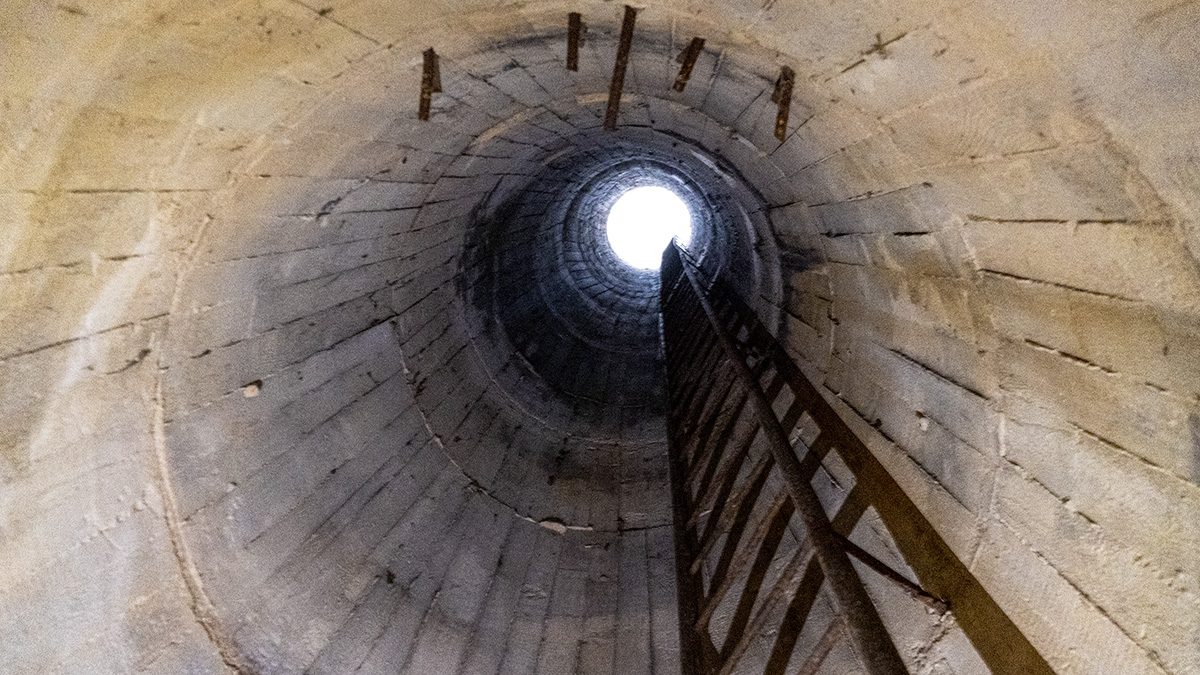Why Travel to West Bosnia Region?
Cultural and Historical Diversity of West Bosnia
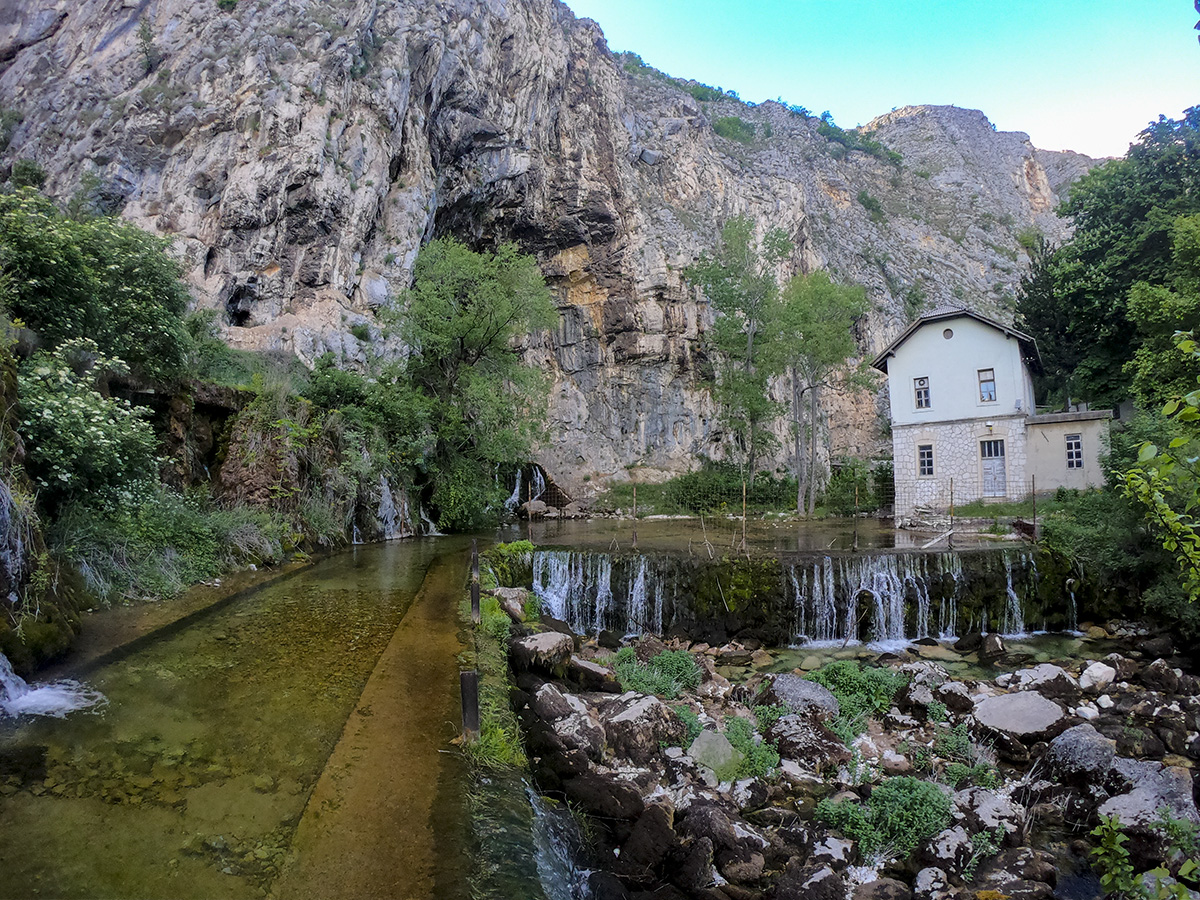
Being a melting pot, as most of the Bosnia, Livno doesn’t lack when it comes to cultural and historical heritage. The town is giving it’s own stamp to the diversed Bosnian mosaic. As regards of whole West Bosnia, wherever you wander you will witness this diversity in all of its glory. The bliss of this region is the well-favoured geography, almost untouched natural beauties and vicinity of Split and Croatian
coastline. Thus, it’s not suprising they invested so much efforts, goodwill (and cash) into Livno and West Bosnia’s development in general. More than 550 years of Ottoman, Austro-Hungarian and Yugoslav rule combined left its trail. Considering all of these assets, it won’t be to hard to win the sympathy of travellers.
Holiness and Beauty of the Sacral Architecture – Mosque as Sublimation of
Aesthetics
Livno holds a second place in Bosnia and Herzegovina when it comes to domed mosques, just after the capital of Sarajevo. One of the most famous Ottoman travel writers Evliya Çelebi mentions 13 mosques in Livno. Nowadays three of these were kept mostly in its original appearance, and two more are waiting for better days. All of us agreed that the Old Town didn’t lose any of its beauty through the centuries. Turbulent periods left the specific stamp, but the core nature of Livno is preserved. While communicating with local people, it’s more than obvious they are proud to live in such a privileged place.
The most distinguished one is definitely Hajji-Ahmed Dukatar’s mosque. It was built between 1562. and 1574. Alternatively, and more often, the mosque is called Topovi (cannons). Since the entire town can be seen from the mosque’s location, the surrounding area is known as Glavica (the head). Guardians of the town were responsible for the defense, therefore the cannons in the mosque’s yard. This was a reality for 230 years, in other words, Venetian intrusion could occur at any moment. The battalion used the weapons during the Ramadan to let people know it was time for iftar (breaking the fast). Thus, a cannon doesn’t have to announce only a danger, it can bring joy and relief. This is a great example of a true and ambiguous nature of Bosnia.
The spacious mosque’s yard is a very convenient site for different activities. During the Ramadan, Islamic Community and local benefactors are organising iftars for numerous prayers. The mosque is the site where the traditional religious part of the wedding ceremonies is organized. The religious ceremony usually takes place after the secular one, in the municipal building, is finished.
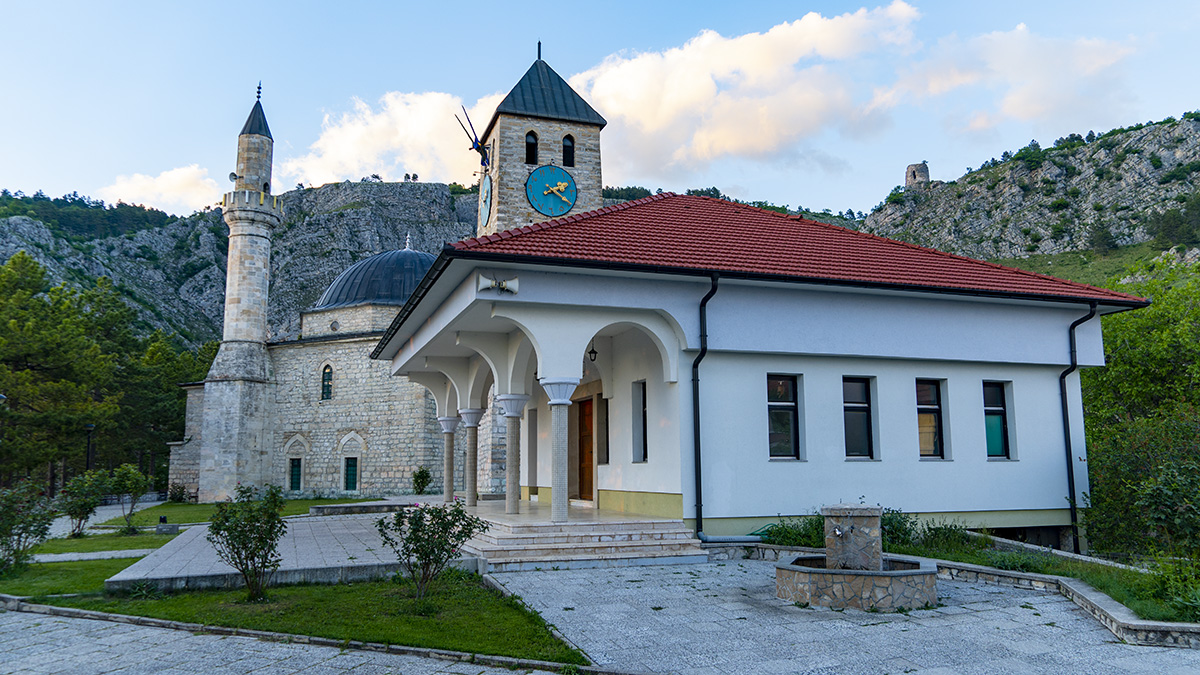
Orthodox Church of the Assumption of Virgin Mary in all of its Glory
This church is the third largest in Bosnia and Herzegovina. It is a specific example within Orthodox architecture due to the semicircular wall openings used as windows. Cultural and historic value of the church lies in its beautiful icon collection. Extensive construction of new churches in Bosnia began after the Hatti Humayun in 1856. That was a reform act which gave non-muslims in the Ottoman empire equal rights. Construction of the church was finalized in 1859. and in its possession holds 51 icons.
Many local wealthy orthodox christians donated these icons, made through the period of four centuries (15th-19th century). Macedonian, Serbian, Cretan, Greek and local iconographers participated in creation of it. Other churches, individuals and monasteries had their role in these donations, therefore the diversity of icons.
An Interesting fact that tells the story about good people in evil times took place in 1992. During the war in Bosnia, Roman Catholic Franciscans managed to save all of the icons from this church. They kept it in the neighbouring Catholic monastery, and gave it back in 2004 when the church was fully renovated.
Orthodox church fulfills the physiognomy of Livno, especially being situated at the slopes of the Old Town. We could agree that, in a certain way, it represents an orthodox trademark of West Bosnia, including the two others. Within the radius of 300 meters, we are able to find three different sacral objects. Spiritual centers in Mecca, Rome and Belgrade can be proud how coexistence and mutual relations went on during the centuries. We are more than sure they passed their exam with flying colours.

Franciscans as a Part of Bosnian Mosaic – Gorica Church and Monastery
Owing to friar Lovro Karaula, Ottoman Pasha issued in 1852. a Writ to Franciscans. Afterwards, there was no legal obstacle for building a church and Franciscan monastery in Livno, and construction works started in 1854. 50 years later, the original project was upgraded by Josip Vancaš, the architect who designed Sarajevo’s Cathedral. They dedicated the church to Saint Peter and Paul.
Many legends are related to the construction of the church and monastery. Friar Lovro Karaula, with his fellow franciscans, went directly to Istanbul to obtain a Writ. According to one of these legends, the sultan mocked these attempts in different ways. He granted the request given the church a simple structure covering the size of beef leather. The creative friar cut the leather in long thin strips and enclosed a larger site. The sultan liked their ingenious idea and gave the permission, thus West Bosnia got its church. A similar legend is tied for the Old Orthodox church in Sarajevo. After so many years, all of us could agree it’s less important whether this story is fake or not. In its specific way, it tells the story about the ingenuity of Bosnian people indeed.

Museum – Dedication of Franciscans
Franciscans laid one of the foundation stones in a Bosnian foundation. We can trace their presence in Bosnia since 1248. less than 40 years after St. Francis established the order. In the eve of the crusade against Bosnian heretics, Bosnian ruler and duke Matej Ninoslav informed the pope, literally, that “it’s not fair”. “I can’t control them, but I’m a devoted Catholic” he wrote. Thus, the Pope sent the first Franciscan in Bosnia to inform him what’s really going on. In 1340. Franciscans organized their work through official Vicariate, and they have been active ever since. Their connection with Bosnia, is as almost as equally important as their missionary work.
Since the 1995. the Gorica Franciscan monastery serves as a museum and gallery. The museum is a natural continuation of franciscan’s efforts since the late 19th century. We can wholeheartedly conclude they were above all pioneers of archaeology in our country. Collecting items from the area of West Bosnia, they showed utter awareness for preservation of cultural and historical heritage.
The permanent exhibits nowadays are archaeological, ethnographic, sacral and military weapons collections, including periods from antiquity to the late 19th century.
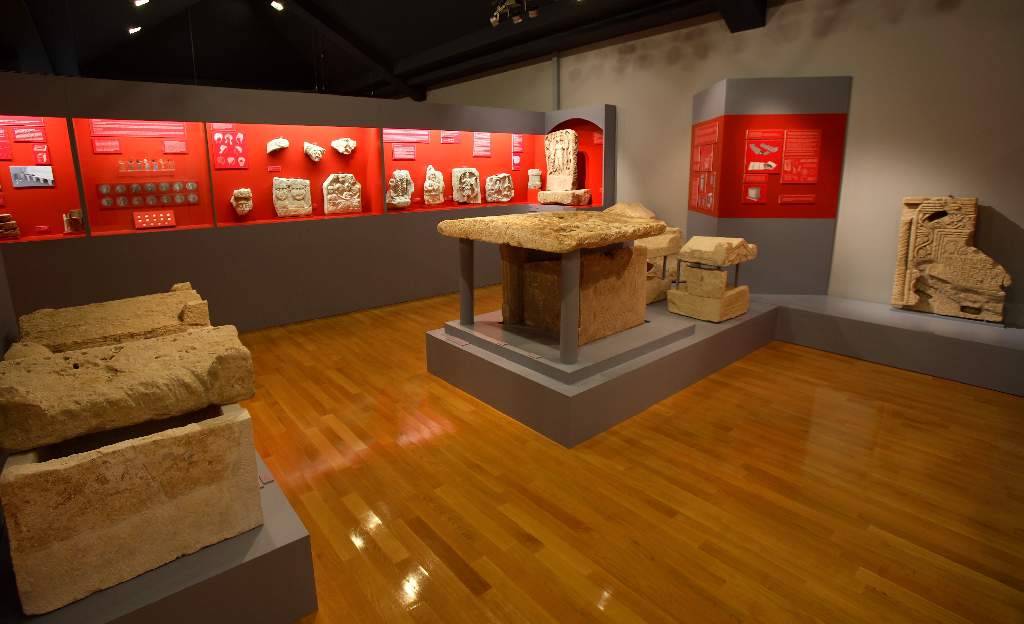
Gallery – Ingeniousness of a Painter
Also, a part of the constant exhibit are paintings by the prominent painter from Livno Gabrijel Jurkić. He was a genius, and true pride of his hometown and whole West Bosnia. When he went on to study in Vienna, professors immediately spotted his talent. Next step was amazing, he skipped 3 years and enrolled in his final, fourth studying year. Pragmatic university teachers didn’t want to lose time. They were avant-garde as equally as Gabrijel was.
Most of his career he lived and worked in Sarajevo, almost 50 years. According to one of the stories, the reason for his Livno comeback in 1956 was a refusal to make a portrait of Tito. Reason for it was the answer that “he only draws saints“. Secret service obviously didn’t like his works labeled with religious motives. They would forgive that, however his defiance and, thus, disobedience they couldn’t.
Whether or not, he decided to make a lifetime comeback. Last 18 years he spent in the monastery, with his wife, and in the testimony endowed all of his works to franciscans. If he wasn’t “undermined“ by the regime, we can just assume what could happen with his opus. The curator of the gallery told us that he, his wife and his works found a final tranquility in Gorica monastery. His works change the way we perceive a world around us. If a regular picture tells more than 1000 words, his works are sublimation of three book volumes.

A Largest Stone Sleeper in West Bosnia… and in the Balkans
At the exit, or entry depending on the direction, of the town of Glamoč, something unusual caught my eye. Huge and monumental tombstones are not unfamiliar in Bosnia. Being a 2 meters tall guy, I’m not used to seeing persons higher than me, especially a gravestone.
Contrary to the size and shape, we have very little information about it. From its inscription we can read it was erected in 1798. and the person that lies beneath it is Omer-bey Bašić. Tombstone is 412 cm high and almost one meter in diameter. Whenever we don’t have proved historical sources, we have no other choice but to make legends. One of these says Omer-bey ordered construction of the tombstone out of a huge piece of rock during his lifetime. West Bosnia went through many unfortunate events during the past 222 years, but the tombstone remained intact. God loved this man. No other explanation.
The new stone bridge replaced the old wooden one that couldn’t stand the weight of the huge rock. The tombstone is ornamented with the mace engraving. Omer-bey was a local influential person, with a significant military reputation. His role was unseparated from the fact that West Bosnia was frontier. Not just Bosnian, but the frontier of the Ottoman Empire as well. The empire needed brave and capable soldiers, and that fact explains Bosnian mentality, shaped at the windstorm of history.
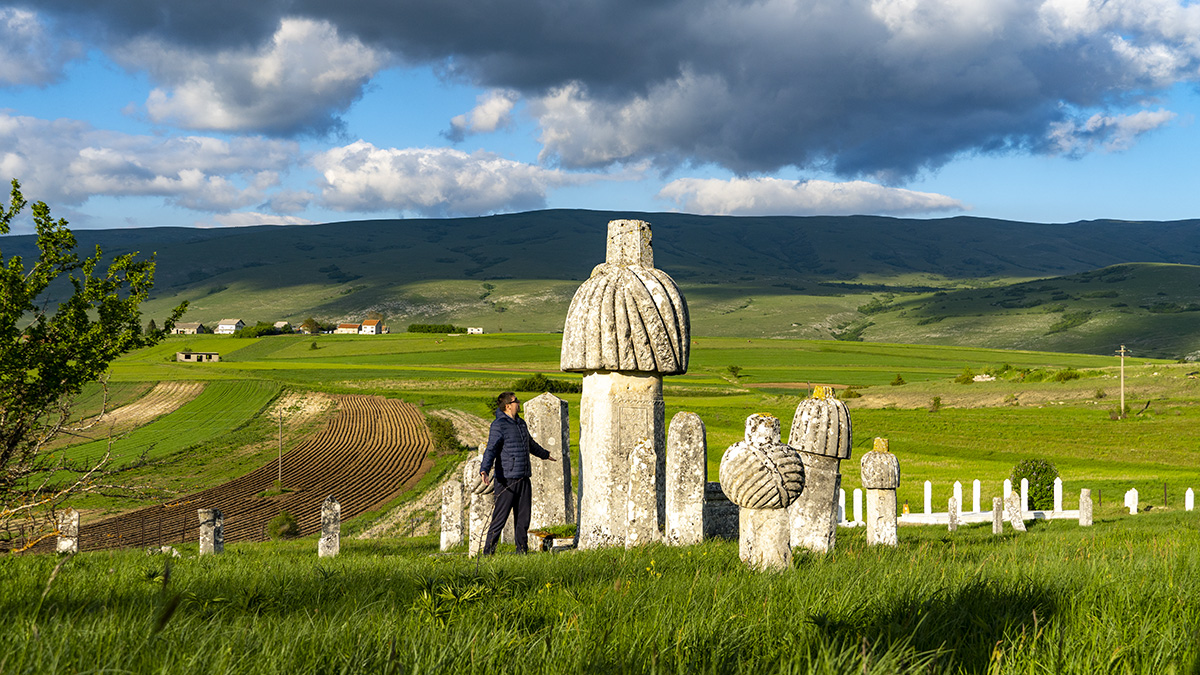
Surprise from the Heart of the Mountain
Close to the Sturba River spring something hidden between the trees caught my eye.
First thought on my mind was the old narrow-gauge railway tunnel from the 50’s or 60’s. Since we met local kids, they immediately started educating us about it. Thought it wouldn’t hurt, so we let them be our tour guides. The only correct info they gave us was that it wasn’t a railway tunnel but an atomic bunker instead. And the fact that as many other similar around the world, has multiple entrances and exits. We appreciated the passion and enthusiasm of our little tour guides. We gave them a card with the instruction to contact us in 15 years. In the meantime they will upgrade and improve their knowledge.
From what we know now, the bunker was built in the mid 1970’s. During the extensive construction of the similar objects in Socialist Yugoslavia in the height of the Cold War. Two such most known monumental objects are Tito’s bunker in Konjic and Željava airport near Bihać. This bunker was an auxiliary object in case of enemy attack, and failure or occupation of Željava.
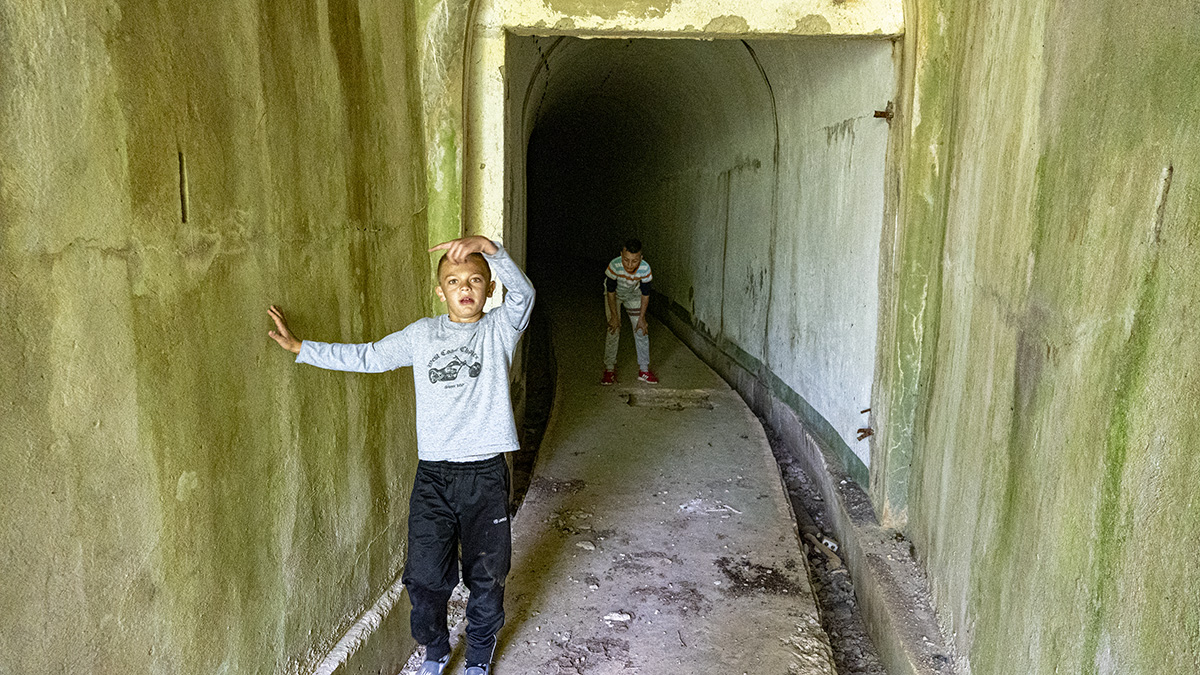
All of us could agree we are lucky the bunker was never used for original purpose. It never accommodated high ranked military officials. Construction workers had to sign a good old “silence contract”, and to keep their mouths shut. One of the locals informed the Livno town government about the site in 1992. It was decided to use it as a War hospital. Wish there was no need for that too, but we’re glad it accommodated wounded soldiers, and not military “red aristocracy”.
Life goes on maybe not how we planned but how it’s meant to be.
